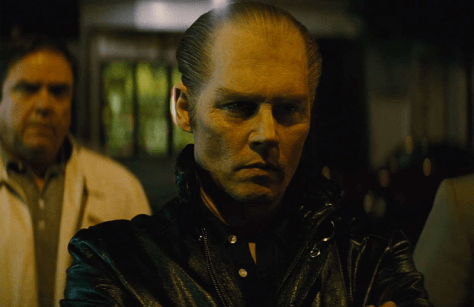
Format: DVD + Blu-ray
Release date: 4 April 2016
Distributor: Matchbox Films
Directors: Yoav Paz, Doron Paz
Writers: Yoav Paz, Doron Paz
Cast: Yael Grobglas, Danielle Jadelyn, Yon Tumarkin, Tom Graziani, and Howard Rypp
Israel 2015
94 mins
The gates of hell open in Jerusalem in this tense and fun Israeli horror film.
***½ out of *****
History, folklore, various ancient scriptures and occult experts have agreed that there are three gates to Hell. Two of them are usually associated with topographically/geographically tempestuous regions like oceans, volcanoes and deserts. The third one is located in a variety of ancient cities.
To my mind, the scariest has always been the southern portion of Old Jerusalem, oft-referred to as the ‘Old City’, about 35 square miles contained within its venerable walls and a crossroads twixt the faiths of Judaism, Islam and Christianity (not to mention a considerable Armenian population around the turn of the 20th century). Given the on-going Israeli-Palestinian claims to the Old City, it seems an ideal Gate to Hell for a horror film, one in which Jews, Muslims and yes, even Christians (who only really want to convert the other two to their side of the God Squad), must all try to put differences aside and work together, if and when the Jaws of Hades spew forth the most malevolently and seemingly unstoppable demons.
This is the rich, visually tantalizing backdrop to JeruZalem.
Americans Sarah (Danielle Jadelyn) and her dad (Howard Rypp) have been in mourning over the death of their brother and son respectively. Dad decides to bankroll a trip to Tel-Aviv for the beautiful, raven-haired apple of his eye and Rachel (Yael Grobglas), her golden-tressed, equally hot bestie. Most importantly, Dad bestows Sarah with the most wonderful gift of all, the insanely expensive Google glasses, which not only act as prescription spectacles, but offer a first-person digital video camera and all manner of internet connectivity and handy-dandy voice-activated apps like Skype, browsers and Google-icious mapping and GPS info.

What this means for us, is that we don’t have to question why the first-person camera keeps running as its wearer is tear-assing away from fucking demons when the gates of Hell spill out a variety of winged nasties and cloven-hoofed giants. Hell, at one point, Sarah even places her glasses down (conveniently) whilst receiving the root from Kevin (Yon Tumarkin), a handsome, young stud who (conveniently) happens to be an anthropology-archaeology grad student and (even more conveniently) affords us glimpses of delectable nudity.
It’s what one can call ‘win-win’.
Yes, this is yet another found-footage horror film shot on a shoestring, but there’s no need to despair since JeruZalem is a wildly entertaining, often unbearably intense and occasionally drawer-filling experience. Featuring hot babes and hunky hunks (including the well-humoured hotel employee Omar, delightfully played by Tom Graziani), plus cool digital effects (some of which have a Ray Harryhausen other-worldly. borderline stop-motion quality), whiz-bang direction, editing that knows when to sparingly mess up spatial concerns, and shots of both the action and the Old City ably captured by cinematographer Rotem Yaron, the movie yields some worthwhile terror-infused shenanigans.
Add to the mix a few ultra-hunky Israeli soldiers, generally decent acting (save for the clunky deliveries of Indiana Jones-wannabe and Sarah’s bone-beau Tumarkin), a few fun scenes in Old City night clubs, plenty of chills in the labyrinthine streets and, among a few terrific set pieces, one set in an asylum which is so creepy and chilling that some of you might wish you’d worn adult diapers. Importantly, most genre fans will respond positively to a horror picture that benefits greatly from its indigenous flavour.
Hilariously, the Paz Brothers shot this film in The Old City without the usual permissions and permits required since they managed to convince the powers-that-be that they were shooting a documentary. The results of this bravado added a few warm cockles to the guerrilla filmmaking side of my heart and reminded me of those halcyon days of producing no-budget independent movies in the 80s and 90s when I used to do the same damn thing.
I normally care less about exigencies of production, but these have such stellar attributes, that the result is one rip-snorter of a ride.
It’s like a travelogue to Hell.
Greg Klymkiw
Watch the trailer:









